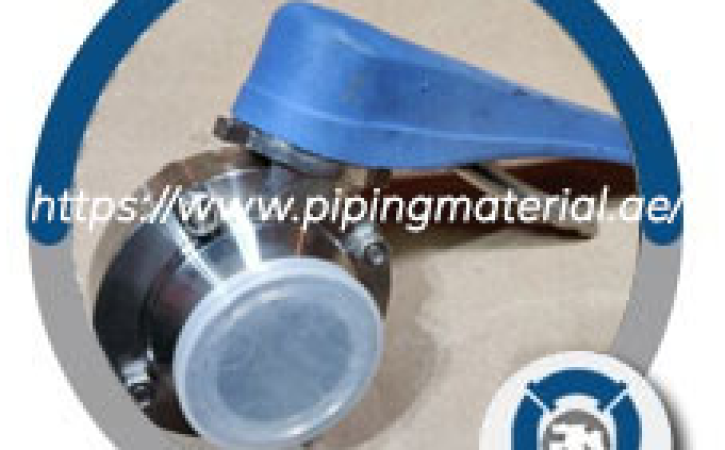
Branch tee fitting
Plumbing and piping systems play a vital role in residential, commercial, and industrial buildings. The success of these systems depends on the use of appropriate fittings to connect pipes and direct the flow of fluids. Two common types of fittings used in these systems are branch tee fittings and compression elbows. In this article, we will provide a comprehensive overview of these fittings and discuss the reliability of compression joints. Whether you are a plumber, HVAC technician, or building contractor, understanding the proper use and maintenance of branch tee fittings and compression elbows is essential for ensuring a safe and efficient piping system.
What is a Branch tee fitting?
A branch tee fitting is a type of plumbing fitting used to connect pipes at a T-junction, allowing fluid to flow in three directions. It consists of a main body with two openings on either side and a third opening in the center, allowing one pipe to branch off in two separate directions. The fittings are commonly made from materials such as brass, stainless steel, or plastic and are used in a variety of applications, including plumbing, HVAC, and industrial piping systems.
Branch tee fittings are often used in piping systems to direct fluid flow, distribute fluid evenly, or change the direction of fluid flow. They are a cost-effective solution for connecting pipes and can be easily installed using compression fittings or threaded fittings. The reliable performance of branch tee fittings makes them a popular choice for plumbing and piping professionals. However, proper installation techniques and maintenance procedures must be followed to ensure the long-term performance and reliability of the fitting.
What is Compression elbow?
A compression elbow is a type of plumbing fitting used to connect pipes at an angle, typically 90 or 45 degrees. It consists of two fittings, one on each end of the elbow, that are connected to the pipes using a compression fitting. The compression fitting creates a seal by compressing a ferrule around the outside of the pipe, preventing fluid from leaking from the joint. Compression elbows are commonly made from materials such as brass or stainless steel and are used in a variety of applications, including plumbing, HVAC, and industrial piping systems. They are a popular choice for their ease of installation, versatility, and reliability.
What does a compression tee do?
A compression tee is a type of plumbing fitting used to join three pipes together at a T-junction. It consists of a main body with two openings on either side and a third opening in the center, allowing fluid to flow in three directions. To connect the pipes to the tee, compression fittings are used on each end. These fittings create a seal by compressing a ferrule around the outside of the pipe, preventing fluid from leaking from the joint.
Compression tees are commonly used in plumbing, HVAC, and industrial piping systems and are typically made from materials such as brass or stainless steel. They offer a convenient and versatile solution for connecting pipes and directing the flow of fluid in multiple directions. The ease of installation and reliable performance of compression tees make them a popular choice for plumbing and piping professionals. However, proper installation techniques and maintenance procedures must be followed to ensure the long-term performance and reliability of the tee.
Are compression joints reliable?
Reliability of Compression Joints: Compression joints are generally considered to be reliable as long as they are installed correctly and maintained properly. The compression fitting creates a secure and leak-free seal around the pipe, ensuring that fluid will not leak from the joint. However, it is important to use the proper tools and techniques when installing compression fittings to ensure that they are tightened to the correct specification and that the ferrule is not damaged. Proper maintenance, including regular inspections and tightening as needed, can also help to maintain the reliability of compression joints.
In conclusion, branch tee fittings and compression elbows are important components of plumbing and piping systems. These fittings allow pipes to be joined together in a secure and leak-free manner, enabling fluid to flow in multiple directions. When installed correctly and maintained properly, compression joints can be relied upon for their durability and reliability. However, it is crucial to follow proper installation techniques and maintenance procedures to ensure that these fittings perform as intended. Understanding the role of branch tee fittings and compression elbows in plumbing and piping systems can help to ensure safe and efficient operations for years to come.










